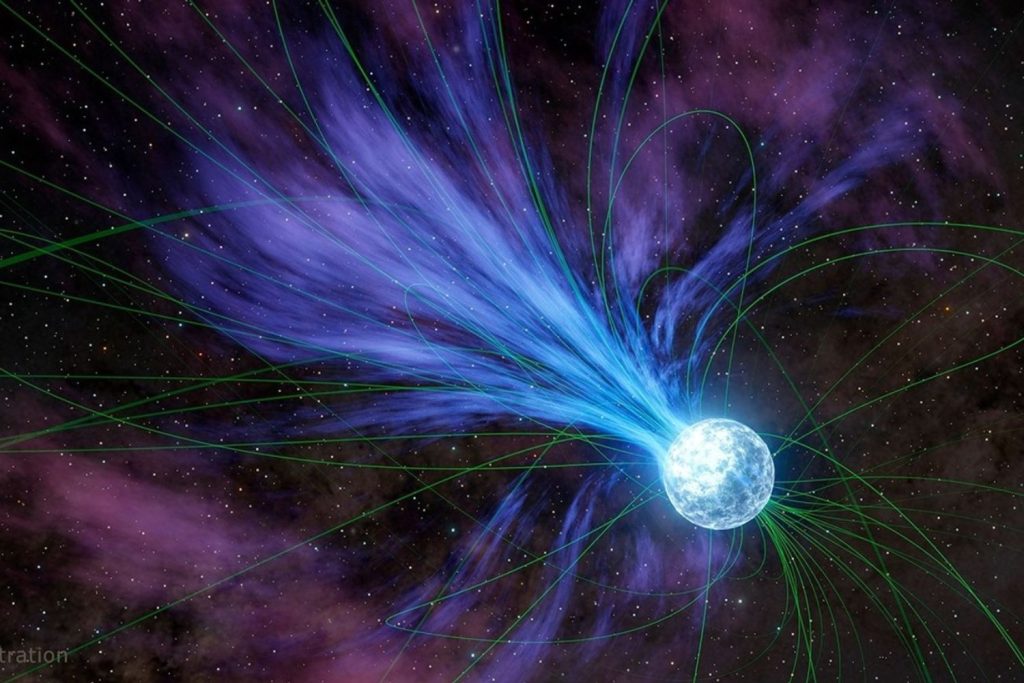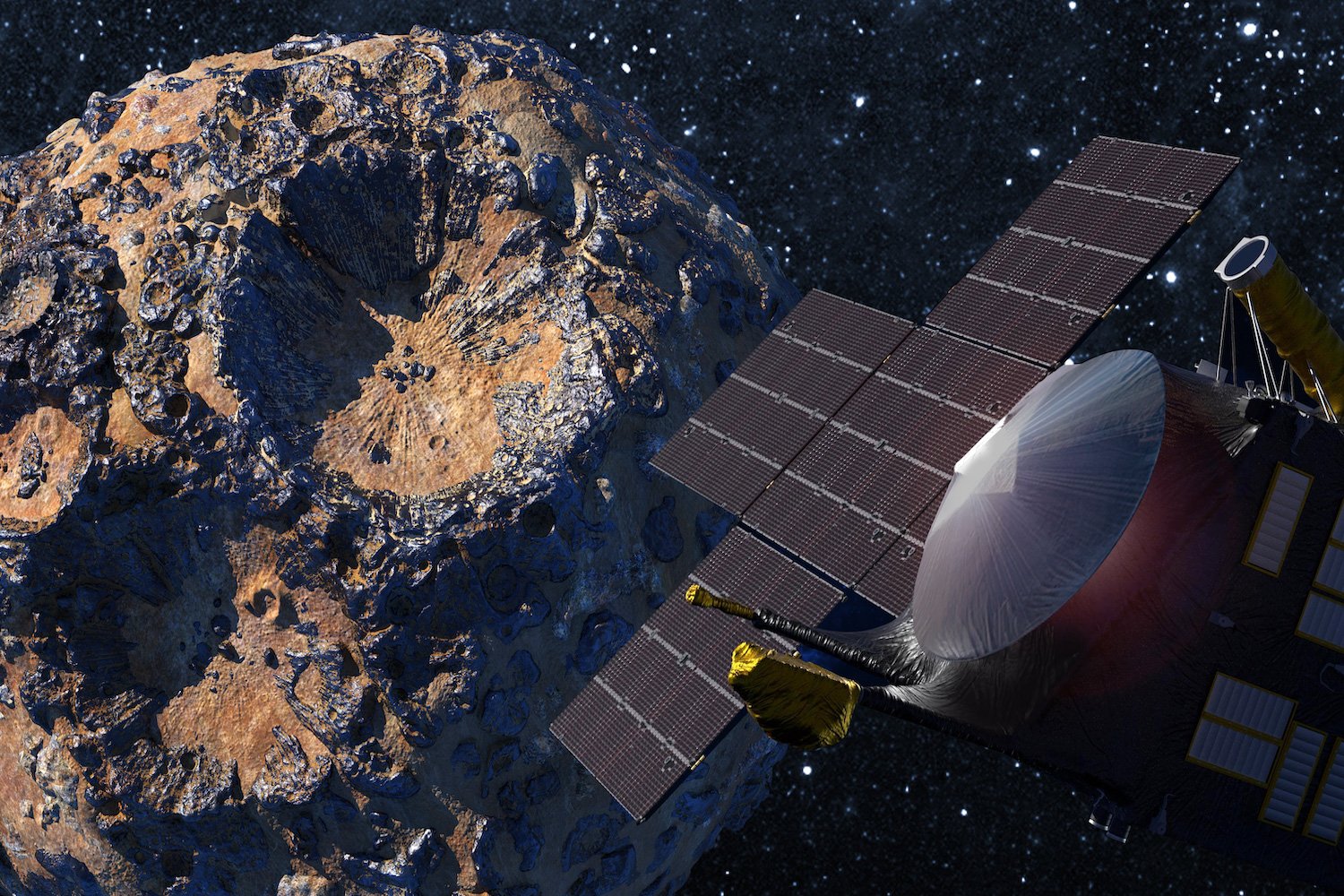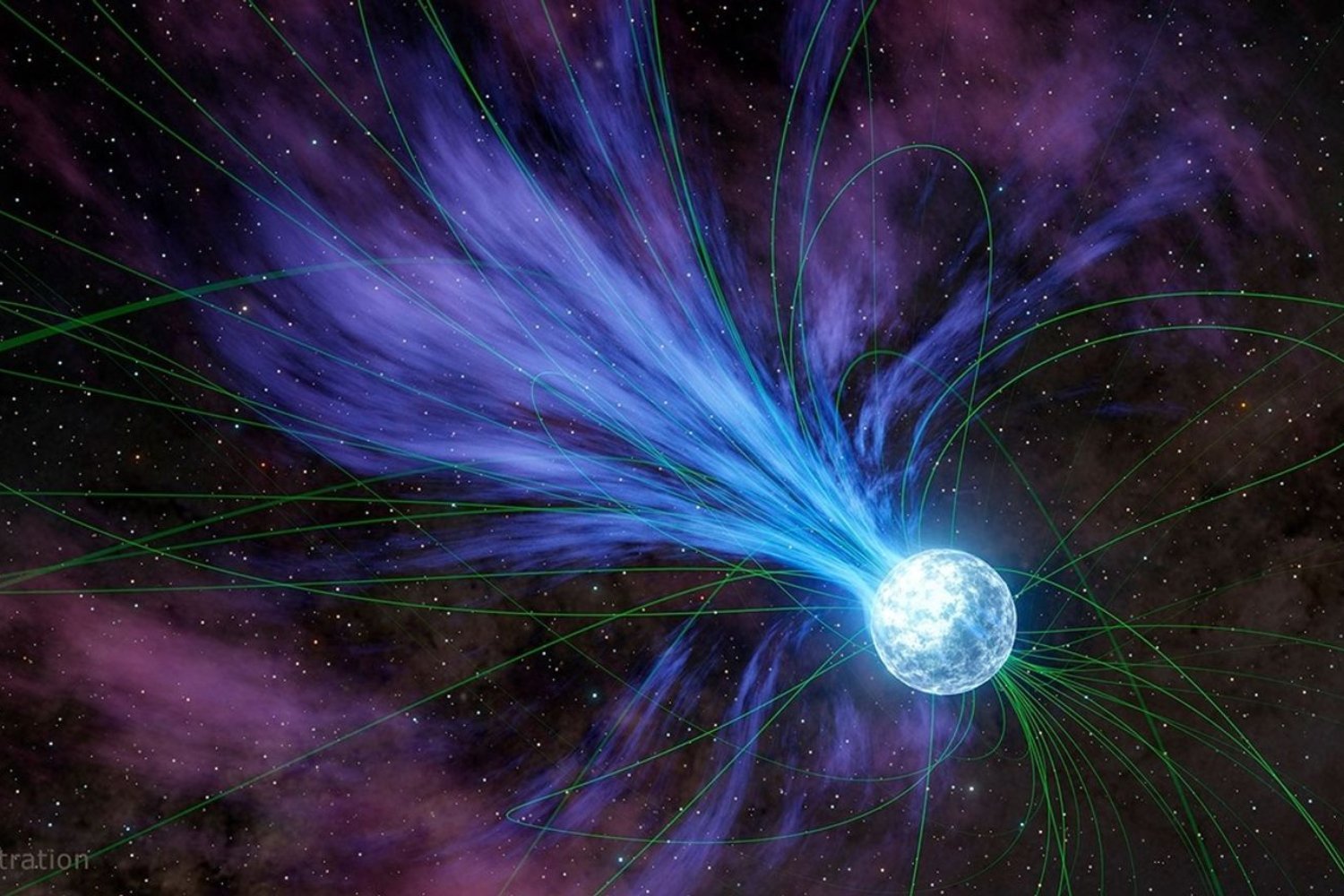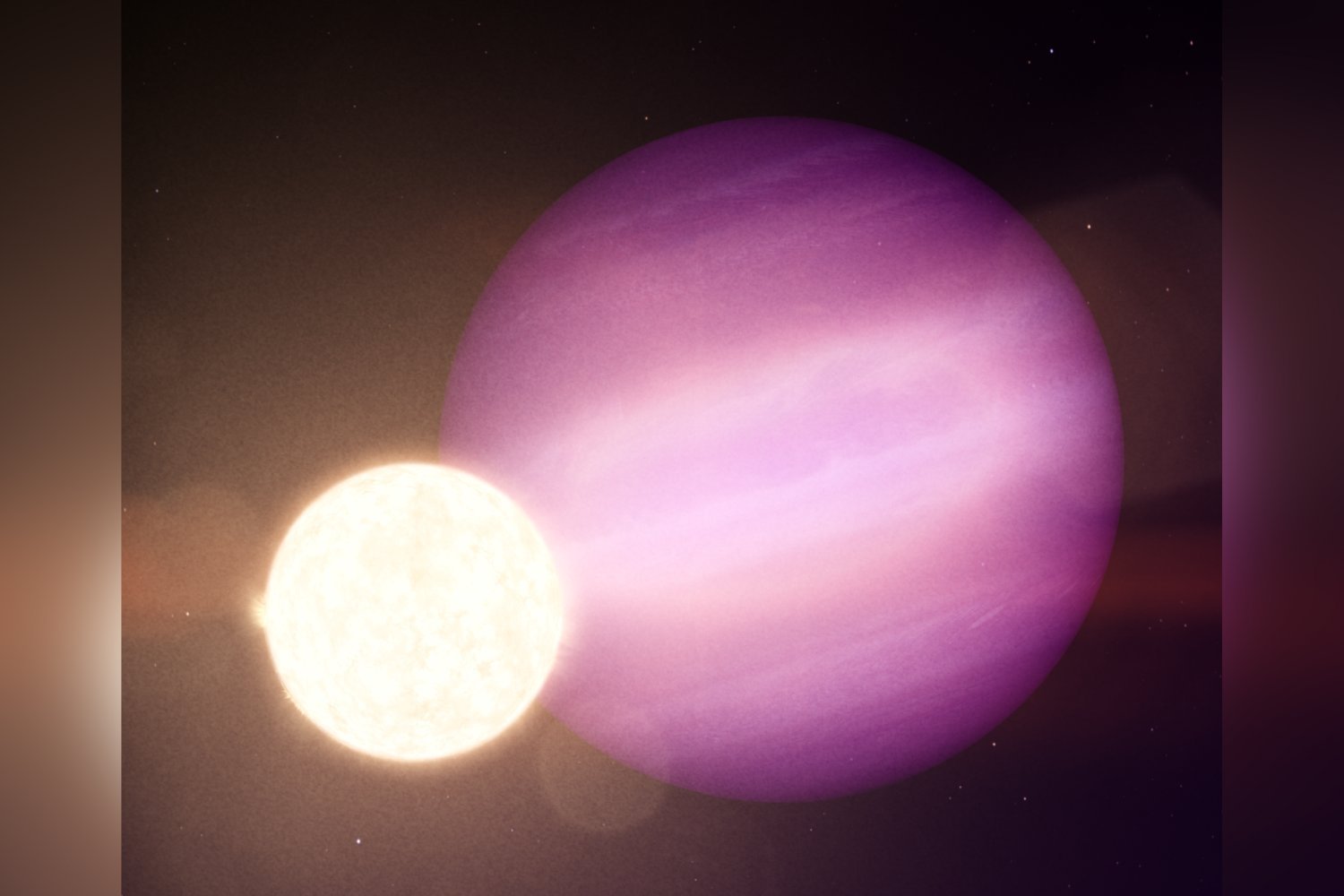The gold found in the Universe might originate from a completely unforeseen type of star.

The Universe’s Gold May Come From a Totally Unexpected Kind of Star (Image Credit: Gizmodo-com)
You might owe that gold necklace around your neck to a moody, long-dead star from the universe’s ancient past. According to a new study, magnetars—a rare type of neutron star—may have forged some of the first heavy elements in the universe, based on evidence found buried in 20-year-old data.
The data comes from a 2004 magnetar flare that expelled a massive amount of energy into the cosmos. These outbursts happen when a magnetar’s crust fractures in a “starquake,” unleashing high-energy radiation. The European Space Agency’s INTErnational Gamma-Ray Astrophysics Laboratory (INTEGRAL, since retired) made the detection, picking up a mysterious gamma-ray signal from the event. But to the recent team of researchers, it’s looking a lot like the fingerprint of heavy-element formation.
The group, which includes experts from Columbia University and Louisiana State University, scrutinized radiation from giant flares as a potential indicator of heavy element atoms forming from other atoms, a process called nucleosynthesis. The team’s findings, published in The Astrophysical Journal Letters, indicate that magnetars may be cosmic factories for heavy elements like gold.
“It’s answering one of the questions of the century and solving a mystery using archival data that had been nearly forgotten,” said Eric Burns, an astrophysicist at LSU and co-author of the paper, in a NASA release.
A leading theory about the source of gold, platinum, and uranium points to neutron star mergers—violent collisions of neutron stars that fling atoms into space. But those events are relatively rare and happen late in cosmic history. Magnetars, by contrast, are ancient—and their flares might explain how these heavy elements showed up so early.
The team, led by Columbia doctoral student Anirudh Patel, ran models showing how a rapid neutron capture process (or the “r-process”) in the aftermath of a magnetar flare could create heavy elements. When they checked the old gamma-ray data, they found a signal that matched almost perfectly—a needle in the haystack of 2004 data.
“I wasn’t thinking about anything else for the next week or two,” Patel said. “It’s very cool to think about how some of the stuff in my phone or my laptop was forged in this extreme explosion of the course of our galaxy’s history.”
The team’s findings could be affirmed by NASA’s upcoming Compton Spectrometer and Imager (COSI) mission, launching in 2027. COSI will study energetic phenomena in the cosmos, such as (surprise, surprise), giant flares from magnetars. COSI will also be able to identify individual elements produced by those events, thus revealing whether or not that glittering outlay from heavily magnetized stars is indeed gold.








